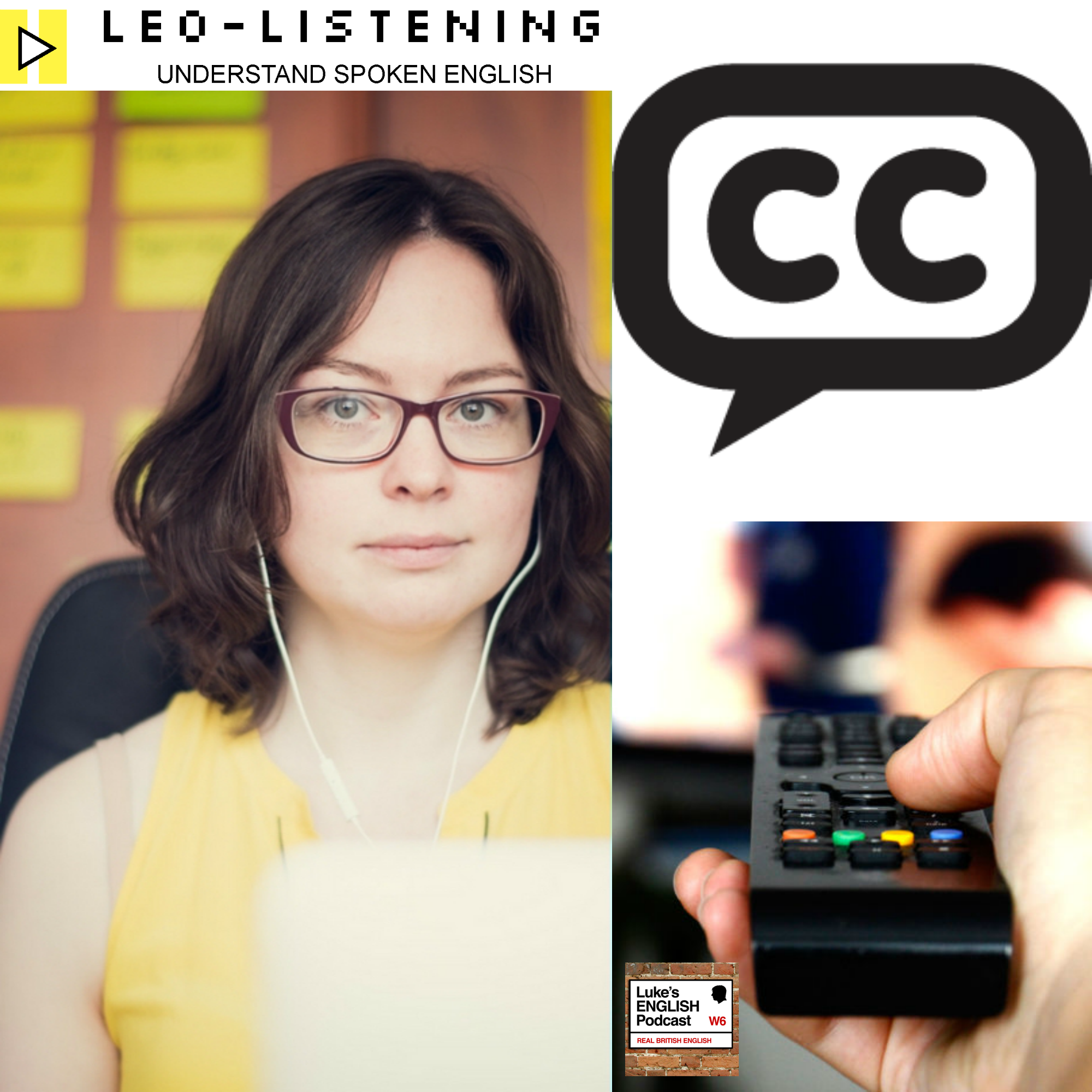Talking to a fellow English teacher about advice for using TV shows and films to learn English, both with and without subtitles.
![]() [DOWNLOAD]
[DOWNLOAD]
Intro Transcript
Today on the podcast I’m talking to Cara Leopold who is an English teacher from the UK, living in France – like me.
Cara is an online teacher, who has her own podcast and other resources for learners of English on her website leo-listening.com.
One of the main things she focuses on is learning English through listening – especially using TV and films as a resource.
She’s got some tips to share on that subject – many of which come from her personal experiences of learning French, and so I’d like to talk to her about that,
But first I’d like to just get to know Cara a bit because we’ve never actually spoken before. So listeners, instead of hearing me talking to someone I already know (which is the way it normally goes on this podcast) you can now hear me having a conversation with someone I haven’t met before – so you can hear how that might happen in English.
Cara’s Website
www.leo-listening.com
Films and TV shows mentioned
Red Dwarf
BBC TV Comedy
The Orville
Seth MacFarlane
Based on Star Trek
Thor: Ragnarok
Directed by Taika Waititi, who also directed Flight of the Conchords.
Learning English with Films & TV – Summary of Advice Given
Here’s a summary of the main points made about using TV and films for learning English, with and without subtitles.
- There are no hard and fast rules about using subtitles.
- Using subtitles can help you understand what you’re hearing, especially when you realise that spoken English and written English can be very different. Subtitles can help bridge the gap between how words and sentences sound, and how they are written.
- But be aware that only watching with subtitles might not help you develop real listening skills, because you’re basically just reading while you watch. Experiment with switching the subtitles on and off.
- You can watch a film several times, especially if you enjoy it or already know it. Some films improve with multiple viewings. So, try watching certain films several times, perhaps first with subtitles in your language, then in English and then with no subtitles at all.
- You can alternate between watching episodes of your TV show with and without subtitles.
- Using TV and films for learning English is not just a simple or easy way to learn. In your first language you might just switch on a film or show and then kind of veg out while watching it – without really concentrating. This won’t work in English. Be prepared to focus and perhaps be more active while watching.
- Watch certain scenes several times, with and without the subtitles.
- Test yourself on what you heard and check with the subtitles.
- Search for certain new bits of vocabulary when they come up.
- Don’t worry too much about certain specific cultural details.
- Try transcribing certain scenes – especially if you thought it contained really cool dialogue.
- Then watch again with the subtitles to check your transcription.
- Before you watch a film or TV show, check online reviews or summaries to help prepare yourself.
- Be a little selective in your choice – pick stuff that you’d normally enjoy, and remember that films and TV shows can contain very “mumbly” dialogue, and even just “grunting” during long fight scenes. Try to pick films that are pretty simple and perhaps comedies that focus on the dialogue.
- Don’t worry too much if you don’t understand 100%. Even in our first languages we don’t always understand what’s going on in films. So, don’t beat yourself up if you’re not able to understand it all.
